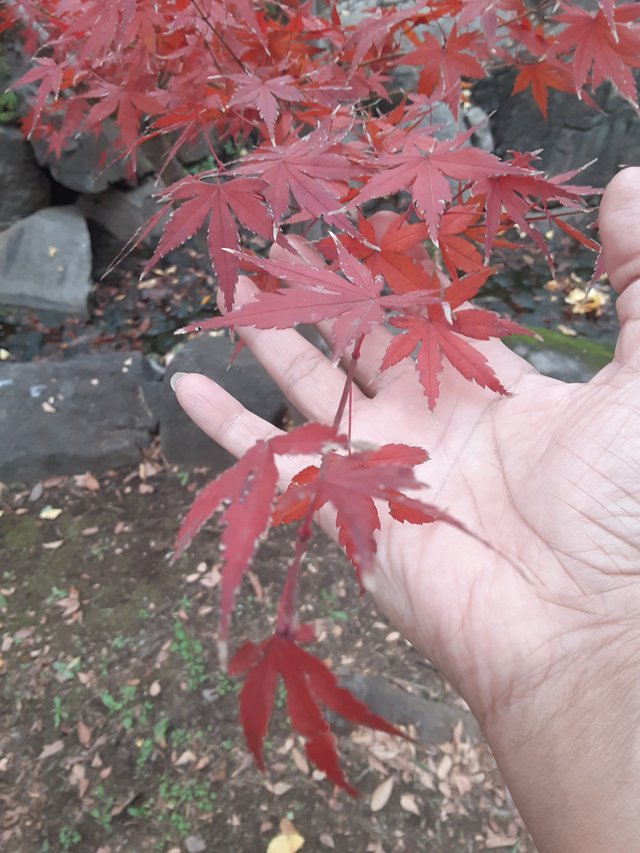
Acer palmatum, commonly known as the Japanese maple, is a stunning ornamental tree renowned for its delicate leaves and vibrant autumn foliage.
A canvas of colors: As summer days shorten and temperatures cool, Acer palmatum leaves undergo a magical transformation. Chlorophyll production slows down, revealing hidden pigments like anthocyanins and carotenoids, which bathe the leaves in an array of mesmerizing hues. Think fiery reds, blazing oranges, sunny yellows, and even hints of crimson and purple.
Nature's fireworks: The color display varies depending on the cultivar. Cultivars like 'Bloodgood' boast a fiery crimson inferno, while 'Osakazuki' stuns with its vibrant orange cascade. 'Shishigashira' offers a mesmerizing blend of reds, oranges, and yellows, while 'Deshojo' paints the landscape with soft pastel shades.
Leaf shapes add drama: The beauty of Acer palmatum goes beyond just colors. Its palmate leaves, deeply divided into five to seven lobes, add another layer of visual interest. As the leaves flutter in the autumn breeze, their intricate shapes dance and shimmer, creating a mesmerizing spectacle.
A fleeting masterpiece: Unfortunately, the autumnal drama is temporary. After reaching their peak brilliance, the leaves gradually detach and gracefully fall to the ground, creating a picturesque carpet of color beneath the tree. But don't worry, the bare branches hold the promise of spring's renewal, when the cycle starts anew.
Symbolism and appreciation: In Japanese culture, Acer palmatum symbolizes harmony, peace, and change. Its autumn foliage is a cherished reminder of nature's fleeting beauty and the impermanence of things. So, take a moment to appreciate this natural wonder, let the vibrant colors fill your heart with joy, and embrace the beauty of change.
Ref.:
 |  |
Upvoted! Thank you for supporting witness @jswit.
Downvoting a post can decrease pending rewards and make it less visible. Common reasons:
Submit